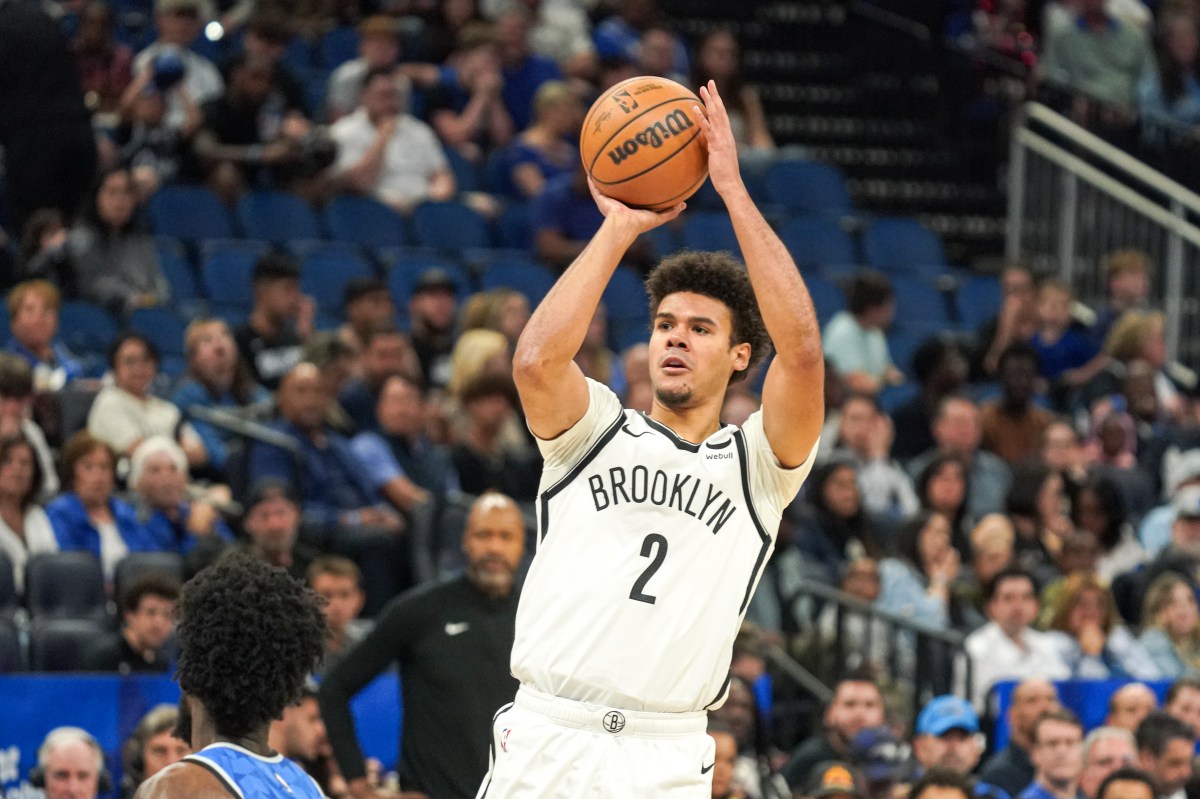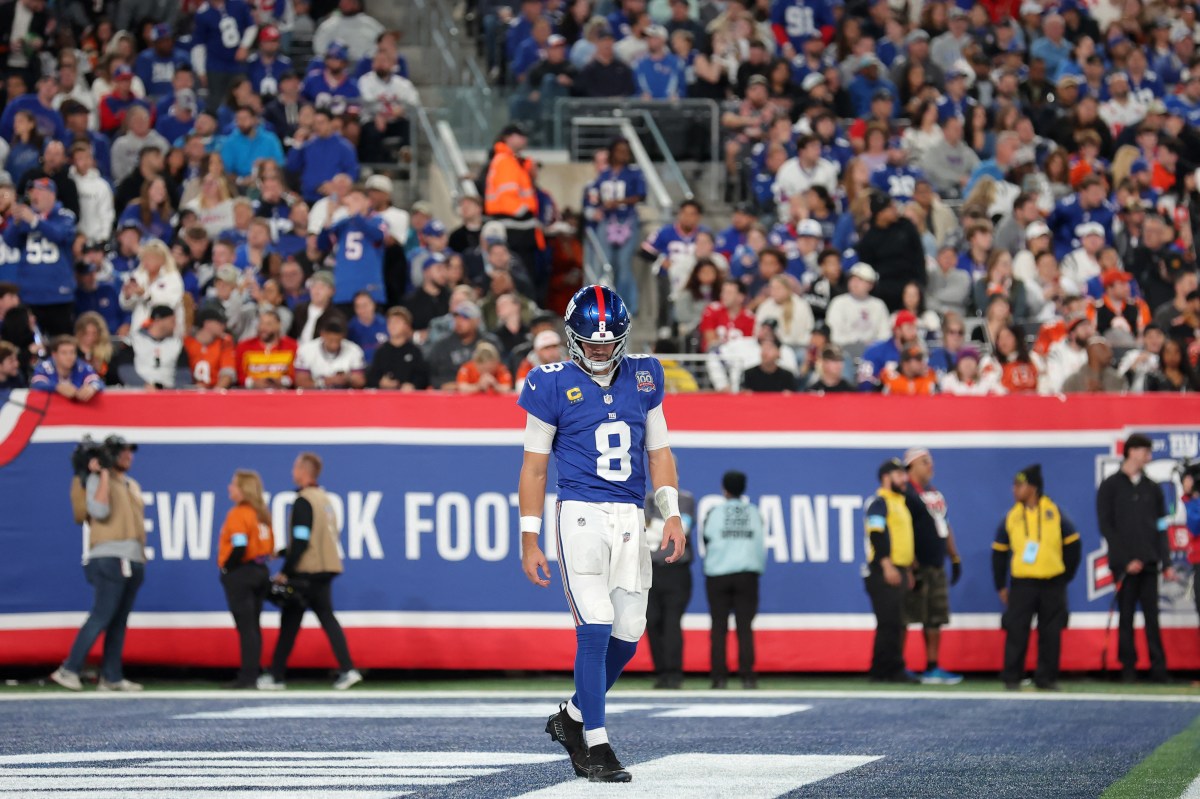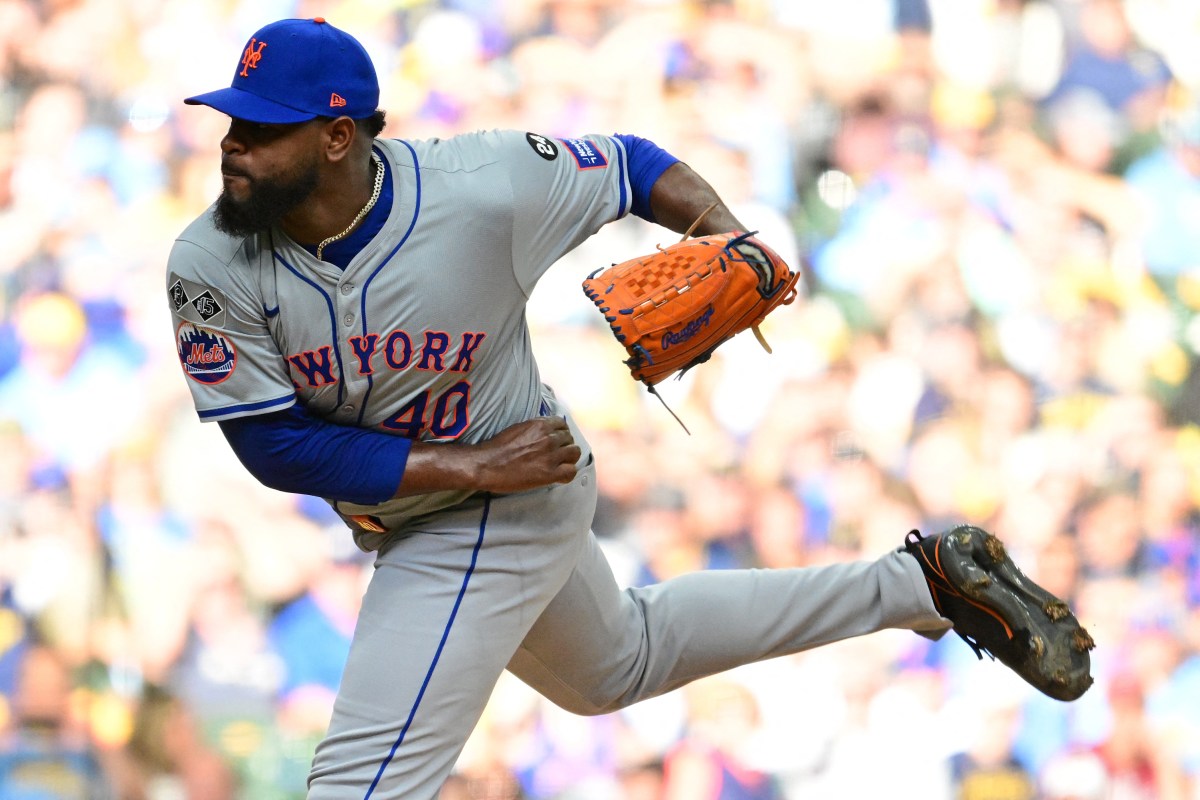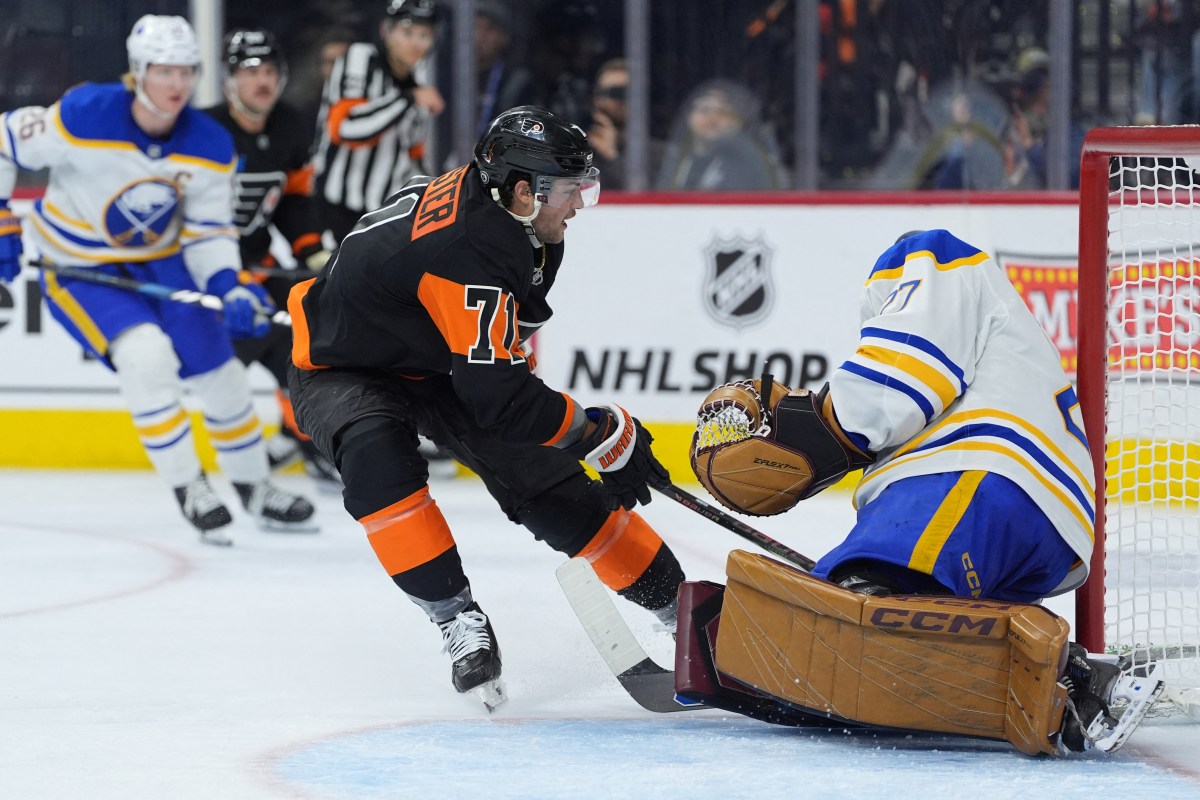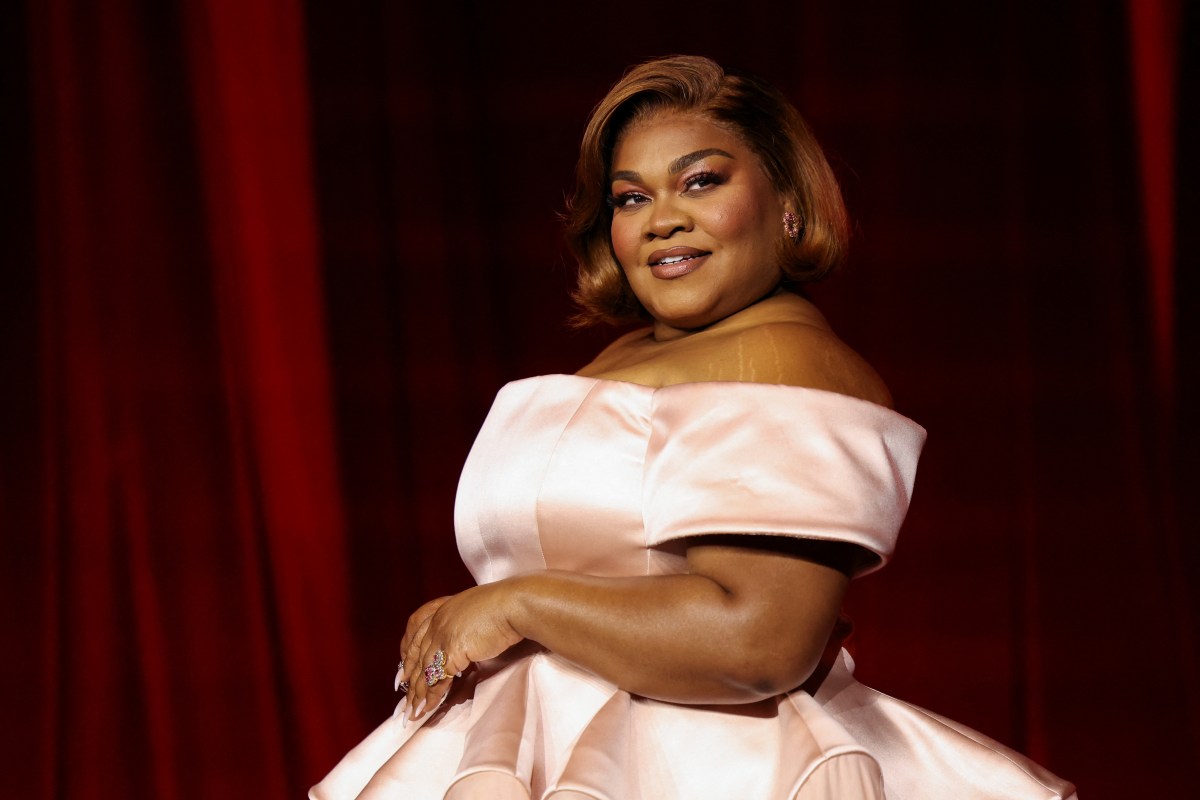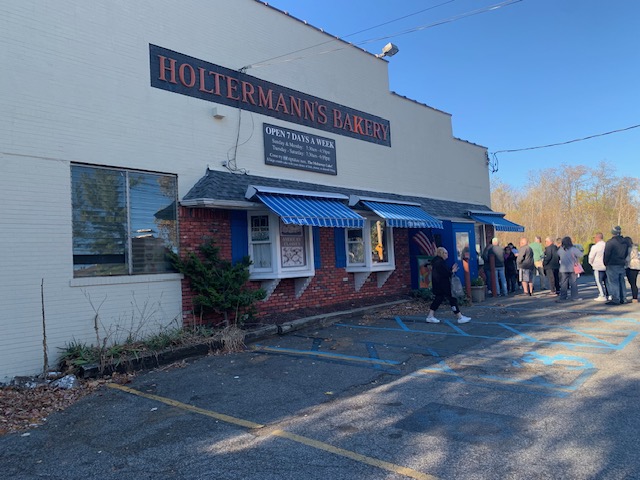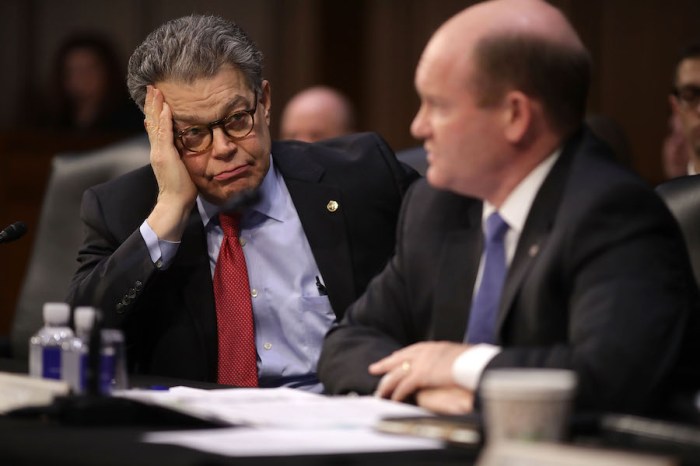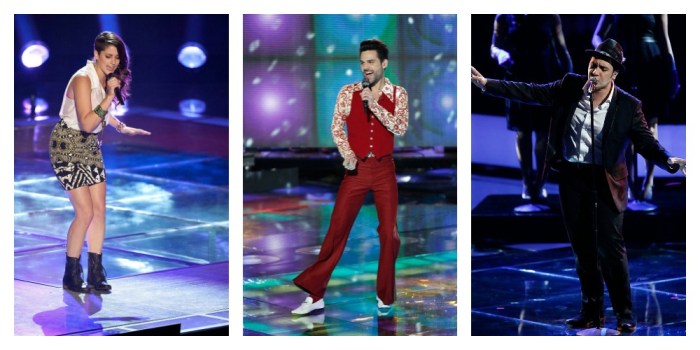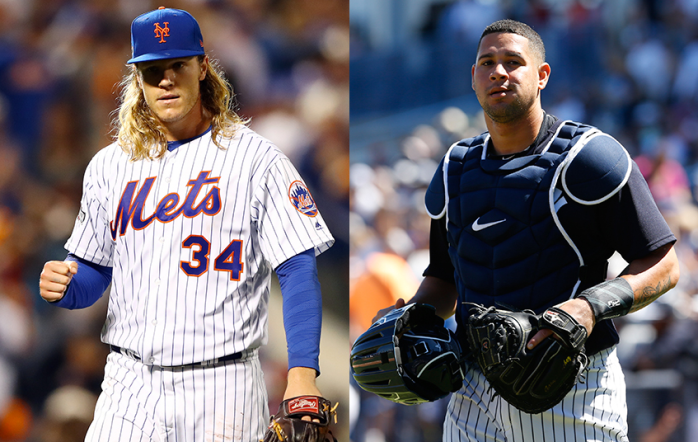This year, 381 people have been killed by police officers in America. And despite making up only 13 percent of the U.S. population, black men are 2.5 times more likely to be killed by a police officer than their white counterparts, according to a study by the Washington Post. While many would agree that those numbers reveal gross inequality and a lack of regard for African-Americans, the Black Lives Matter movement still continues to divide many parts of America. Inspired by the rounds of recent protests surrounding the tragic murders of Alton Sterling, Philando Castile and the police officers in Dallas, Texas, we’ve compiled a reading list of six books that will help you understand why the movement is so important. RELATED: Obama urges American reconciliation after Dallas attack “The Fire Next Time” by James Baldwin
Baldwin’s indictment of America and its racial divisions rings just as true today as it did when it was first published in 1963 and became a best seller shortly afterward:“If we — and now I mean the relatively conscious whites and the relatively conscious blacks, who must, like lovers, insist on, or create, the consciousness of the others — do not falter in our duty now, we may be able, handful that we are, to end the racial nightmare, and achieve our country, and change the history of the world.” “Between the World and Me”by Ta-Nehisi Coates
Winner of the National Book Award for Nonfiction and a finalist for the 2016 Pulitzer Prize, Coates’ memoir is a touching letter to his son — one in which he grapples with what it means to be black in America, unpacking America’s history of racial violence in the process. “Americanah”by Chimamanda Ngozi Adichie
Post 9-11 America is the setting for this novel which paints a vibrant picture of one Nigerian woman’s experience navigating academia, the middle class and the subtle micro-aggressions she encounters along the way. “The Warmthof Other Suns”by Isabel Wilkerson
Wilkerson packages her exhaustive historical research into a page-turner work of narrative nonfiction spanning the first and second Great Migrations from 1915 to 1970. It puts into historical context the wealth gap between white and black Americans, proving how race and class can be closely intertwined. RELATED: The buzziest books of the summer “The New Jim Crow”by Michelle Alexander with foreward by Cornel West
Exposing the idea of postracial America as a myth, Alexander sets out to prove that mass incarceration of nonwhite men is the Jim Crow of our times, or as she states, “a stunningly comprehensive and well-disguised system of racialized social control.” “The Eve ofDestruction”by James T. Patterson
1965 was arguably one of the most turbulent years in American history from the onset of the Vietnam War to a series of high-profile civil rights protests (Selma) and race riots (Watts, Los Angeles). Patterson’s book explores how 1965 was a transformative year that set the course for American politics and race relations for decades to come. Could 2016 be the 1965 of our time?







